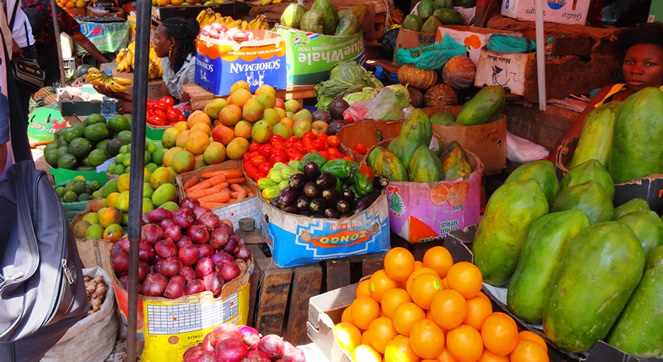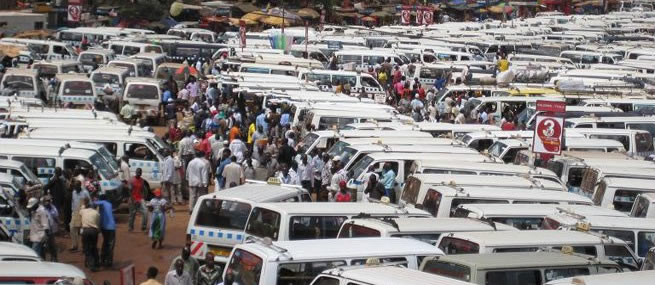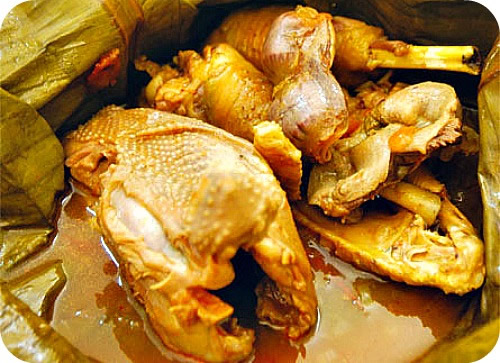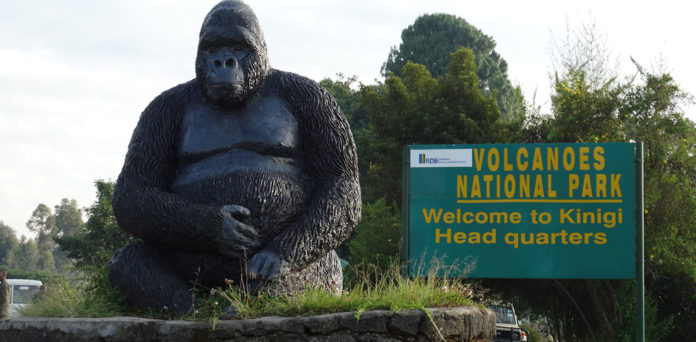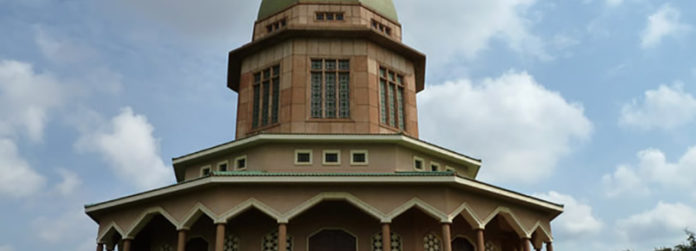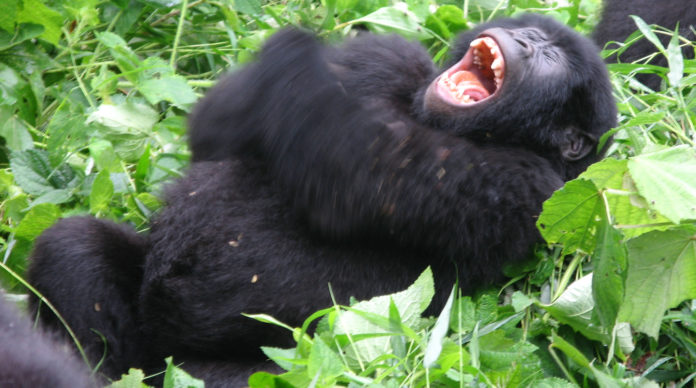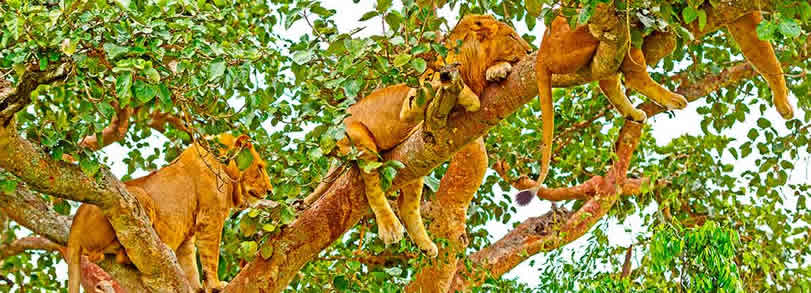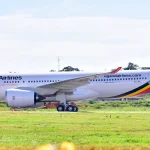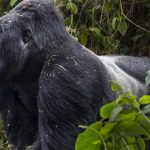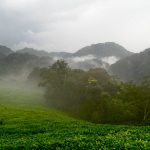Whereas many Ugandan’s take part in agriculture as a source of employment opportunities and livelihood, the activity is hindered by various risks and uncertainties drawing back its productivity. Being an open-air business, agriculture is highly affected by weather conditions such as prolonged drought, heavy rainfall, and rainstorms among others. Its difficult to predict what may happen from the time of planting to harvesting. Agricultural products are reaped once or twice every year, which is also not guaranteed. Seasons in farming take long before harvesting hence delayed harvests. This therefore requires farmers to have enough income to support the ongoing projects in agriculture even before harvesting.
Production risks
The difference in expected and actual productivity is the main cause of production risks. This is as a result of un predictable weather conditions such as excessive rainfall, prolonged drought, pests and diseases that cause diversity in agricultural productions. The Pests affect plants at all stages of growth from germination to harvesting which lead to low output at the end. Similarly high rates of reproduction in these pests cause damage as they rapidly develop from a small number of an individual pest to a large mass of pests. More still lacking of enough and standard agricultural tools such as watering cans, irrigation pump among others affect productivity a the long run.
Financial risks
Here, farmers fail to have enough money for meeting daily expenses. More still, limited funding caused by higher interest rates, excessive borrowing, increased input costs, family needs, unfavorable exchange rates and lack of adequate credit reserves. To address the financial risks, farmers are reminded to develop strategies plans, control farm expenses, monitor financial ratios and enterprise benchmarks among others. Farming requires strong financial discipline. Also more money is needed to buy seeds and fertilizers in case the previous harvest was poor.
Marketing risks
This concerns limited or lack of market for agricultural produce. Marketing risks also happen when the price in the market is less compared to the quality of the product or the expected by producers. Competition in the market is another form of marketing risks where many people produce similar products to similar market. Failure to access the target market and the change of customer’s tastes and preferences are also causes of marketing risks in agriculture. Some time there can be many producers offering the same product hence Some times, productivity can be high with limited market or low prices to the expected price in the market. The major sources of marketing risks are the increased numbers of producers selling the same products.
Farmers are therefore obliged not to spend money any how after the first harvest so as to cover up the expenses in case of poor harvest in the next season.
In conclusion therefore, agriculture is a back born of Uganda. The government and all farmers should therefore invest in agriculture for greater productivity.
